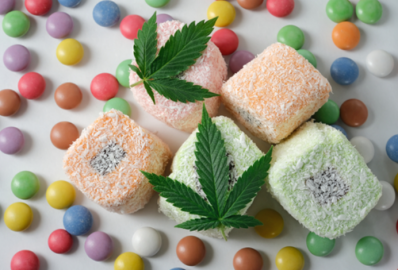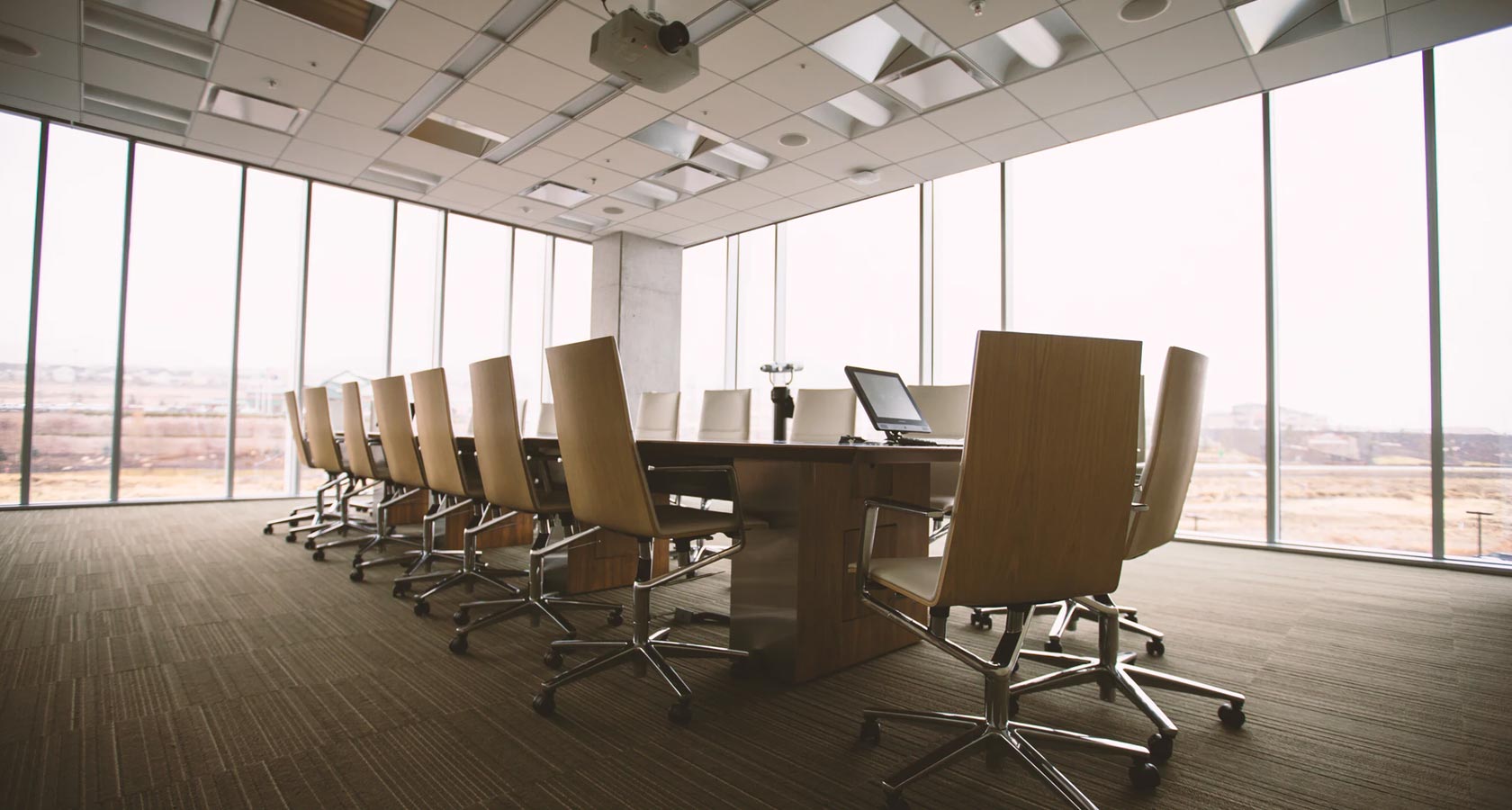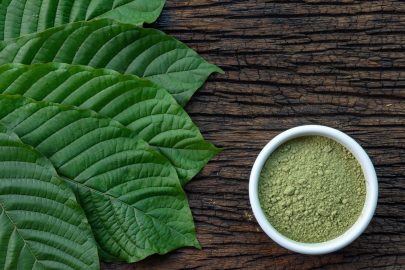
When considering wood-based materials for various applications, including furniture, cabinetry, and interior design, it’s essential to understand the differences between options like white mdf sheets, plywood, and particleboard. Here’s a comparative analysis of these materials in terms of their properties and applications.
White MDF Sheets:
Medium Density Fiberboard (MDF) is an engineered wood product made from wood fibers and resin. White MDF sheets have a smooth, uniform surface that is often finished with a white melamine laminate or paint.
Properties:
- Smooth Surface: White MDF sheets have a consistently smooth and even surface, making them suitable for finishing with paint or laminate.
- Uniformity: MDF offers uniform density and mechanical properties throughout the sheet, resulting in predictable performance.
- Versatility: MDF can be easily shaped, routed, and cut to create intricate designs and details.
- Ease of Finishing: The smooth surface of white MDF sheets readily accepts paints, veneers, and laminates for various finishing options.
- Moderate Strength: While not as strong as plywood, MDF offers reasonable strength for many interior applications.
Applications:
- Furniture construction, especially pieces that require a smooth finish.
- Cabinetry components, including doors, drawer fronts, and shelving.
- Interior decoration elements, such as wall panels, moldings, and decorative trims.
- DIY projects, due to its workability and ease of customization.
Plywood:
Plywood is made by bonding layers (plies) of wood veneers together using adhesives, creating a strong and versatile panel.
Properties:
- Strength: Plywood is known for its strength and durability due to its layered structure.
- Grain Direction: Different grades and types of plywood have varying grain directions, affecting their bending and strength properties.
- Texture: Plywood may have visible wood grain patterns, which can add a natural aesthetic.
- Variety: Various types of plywood exist, each suited for specific applications based on wood species, number of layers, and quality.
Applications:
- Structural applications requiring strength, such as flooring, roofing, and wall sheathing.
- Furniture that demands durability, like tables and chairs.
- Exterior applications like outdoor furniture and siding.
- Particleboard:
- Particleboard is made from wood particles combined with adhesive and compressed into panels under heat and pressure.
Properties:
- Cost-Effective: Particleboard is often more affordable compared to MDF or plywood.
- Smooth Surface: While not as smooth as MDF, particleboard surfaces can be finished with laminates, veneers, or paint.
- Weight: Particleboard is generally lighter than plywood.
- Less Stiffness: It’s less stiff compared to MDF and plywood, which might affect load-bearing applications.
Applications:
- Furniture that doesn’t require as much load-bearing capacity, such as shelves and less-stressed components.
- Interior construction where cost-efficiency is a priority.
Conclusion:
Choosing between white MDF sheets, plywood, and particleboard depends on your specific project requirements. MDF excels in providing a smooth finish and workability, plywood offers strength and versatility, while particleboard offers affordability. Each material has its unique strengths and is suited for different applications within the realm of furniture, cabinetry, and interior design.





